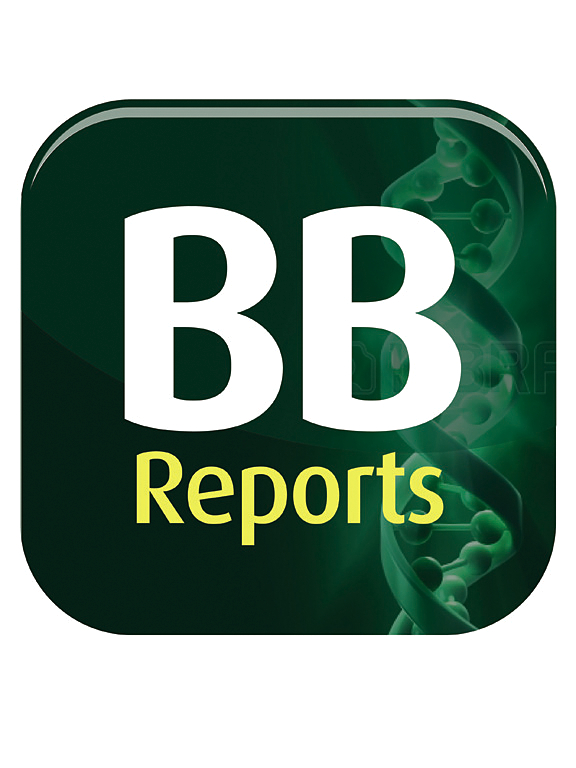Intrinsic clustering of flagellar basal body proteins in E. coli: A self-organization mechanism for assembly and regulation
IF 2.2
Q3 BIOCHEMISTRY & MOLECULAR BIOLOGY
引用次数: 0
Abstract
The assembly and spatial organization of flagellar basal bodies in Escherichia coli are crucial for motility and chemotaxis. Using fluorescence and single-molecule microscopy, we demonstrate that key basal body proteins, FliF and FlhA, self-organize into clusters from low to high expression conditions. Rather than forming new basal bodies, excess proteins accumulate around pre-existing structures, suggesting an autocatalytic mechanism. It is confirmed that clustering occurs even at low protein levels, indicating an intrinsic organizational principle rather than an artifact of overexpression. Fluorescence recovery after photobleaching (FRAP) revealed dynamic protein exchange within clusters, supporting a diffusion-capture model. Single-molecule analysis showed that FlhA actively remodels clusters, while FliF stabilizes them. 3D imaging suggested that basal body positioning optimizes flagellar distribution for efficient motility. These findings highlight a robust mechanism that regulates basal body positioning and flagellar assembly, ensuring adaptability to varying cellular conditions.
大肠杆菌鞭毛基体蛋白的内在聚类:组装和调节的自组织机制
大肠杆菌鞭毛基体的组装和空间组织对其运动性和趋化性至关重要。利用荧光和单分子显微镜,我们证明了关键的基础蛋白,flf和FlhA,从低到高的表达条件下自组织成簇。多余的蛋白质并没有形成新的基底,而是在原有结构周围积累,这表明存在一种自催化机制。研究证实,即使在低蛋白水平下,聚类也会发生,表明这是一种内在的组织原则,而不是过度表达的产物。光漂白后的荧光恢复(FRAP)揭示了簇内动态蛋白质交换,支持扩散捕获模型。单分子分析表明,FlhA对簇进行了积极的重塑,而FliF则对簇进行了稳定。三维成像显示,基底体位优化鞭毛分布,有效运动。这些发现强调了一个强大的机制调节基底定位和鞭毛组装,确保适应不同的细胞条件。
本文章由计算机程序翻译,如有差异,请以英文原文为准。
求助全文
约1分钟内获得全文
求助全文
来源期刊

Biochemistry and Biophysics Reports
Biochemistry, Genetics and Molecular Biology-Biophysics
CiteScore
4.60
自引率
0.00%
发文量
191
审稿时长
59 days
期刊介绍:
Open access, online only, peer-reviewed international journal in the Life Sciences, established in 2014 Biochemistry and Biophysics Reports (BB Reports) publishes original research in all aspects of Biochemistry, Biophysics and related areas like Molecular and Cell Biology. BB Reports welcomes solid though more preliminary, descriptive and small scale results if they have the potential to stimulate and/or contribute to future research, leading to new insights or hypothesis. Primary criteria for acceptance is that the work is original, scientifically and technically sound and provides valuable knowledge to life sciences research. We strongly believe all results deserve to be published and documented for the advancement of science. BB Reports specifically appreciates receiving reports on: Negative results, Replication studies, Reanalysis of previous datasets.
 求助内容:
求助内容: 应助结果提醒方式:
应助结果提醒方式:


